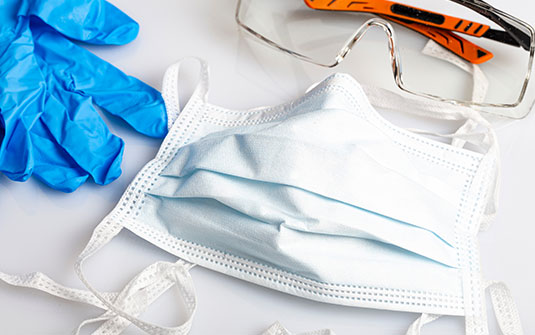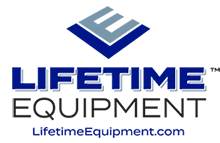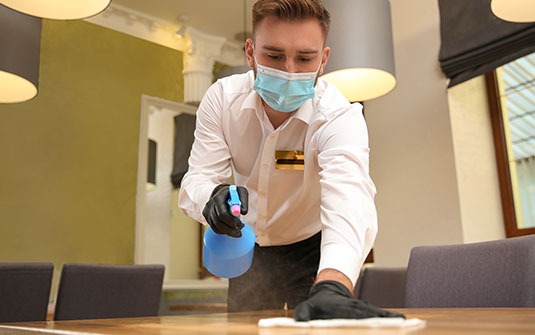In 2019, “PPE” didn’t mean anything to the vast majority of people.
And then, in 2020, Personal Protective Equipment became a household phrase. It was truly the year that PPE like gloves, masks, and face shields, goggles and more turned into some of the most sought-after products in America. In the cleaning industry, where many of those products are always used, the new popularity wasn’t necessarily welcome.
With a little luck, the demand for consumer PPE will soon fade into a distant memory, like the empty toilet paper and hand sanitizer shelves. But the cleaning industry might actually benefit from the awareness that 2020 called to the importance of PPE in the long term.
Here are some types of PPE that should be readily available for cleaning teams to keep them safe.
Facemasks and face shields
Facemasks and face shields are something we typically only saw worn in a hospital or other medical setting in the United States prior to 2020. Providing a safe, sterile environment for vulnerable people to receive healthcare is vitally important, but now many of us are wearing them in public spaces to help keep everyone healthy..
In the cleaning world, face masks and shields can be one way to protect yourself from breathing in potent chemicals and reducing the risk of getting harmful ingredients on your skin. It’s sometimes unavoidable to use these chemicals, so protecting vulnerable parts of your body, like your mouth, eyes, and nose, should be a top priority during usage.

Gloves
Since early 2020, most public facilities have been cleaned more frequently to help reduce the spread of Covid-19, which means more exposure to potentially irritating chemicals and increased hand washing, which can dry out skin quickly.
To protect your skin from chemicals (corrosive, irritant, flammable or otherwise), OSHA recommends wearing gloves while cleaning. Not only will this keep your hands and wrists safe from potentially harmful chemicals, it will also protect you from touching biohazardous materials directly. Gloves should be changed frequently to avoid cross-contamination between areas of the facility.
Goggles
Our eyes are delicate.. They’re easy to damage, which is why eye protection is critically important in a wide variety of applications that BSCs and facility teams are responsible for.
Even something as seemingly harmless as using a mild cleaner can pose potential risk for eyes because of the possibility of splashing. Goggles should also be worn while doing any type of cleaning that can kick up dust, dirt, and other particulate.
There is good news, though. Fortunately for all of us, eye protection isn’t what it once was.. The goggle industry has very much stepped up its game. We aren’t talking about chem lab goggles anymore — some of the new styles even look good!
Proper Footwear
Cleaning professionals are often working with water or wet substances for cleaning surfaces and floors. Slip-resistant, closed toe shoes are critical to minimizing the risk of slip-and-fall accidents.
Biohazard Aprons or Suits
Sometimes cleaning teams have to take their protection to the next level, which may require a biohazard suit or apron when dealing with particularly messy or hazardous materials. While in most instances outside of healthcare, this should be a relatively rare occurrence, but having all types of PPE on hand for if and when the need arises is helpful for your staff.
Lastly, the importance of training cannot be underestimated. Training employees how to safely use, mix, and store chemicals is an important part in protecting them from potentially hazardous ingredients ̶ ingredients that can cause irritation, rashes, burns, asthma, and more. Proper training protocols will ensure your cleaning team can keep your facility safe and clean while protecting themselves, too.
The world has grown accustomed to PPE now. While we will all be excited for that to become ancient history in our personal lives, PPE will always be an important part of the cleaning industry.

